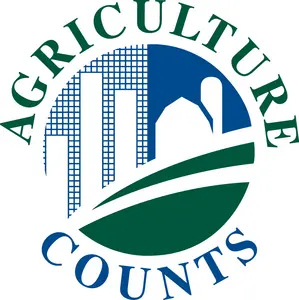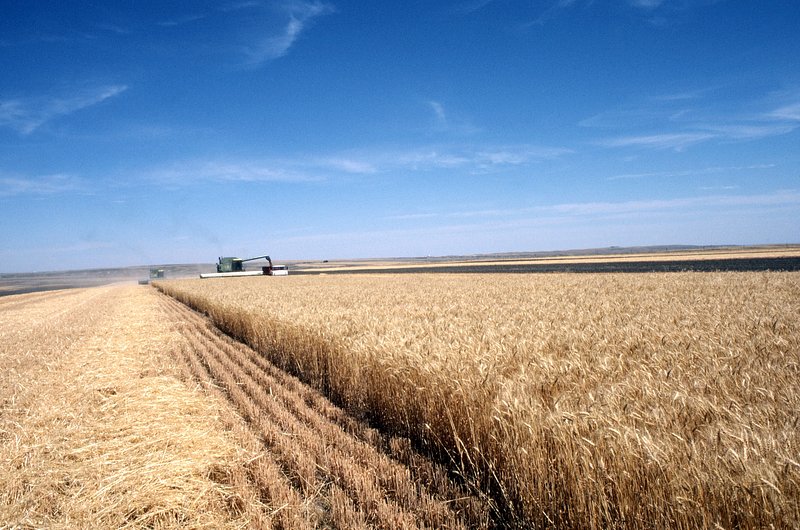The week ending January 5, 2025, brought into focus the pressing water and soil moisture challenges facing South Dakota. According to the USDA’s National Agricultural Statistics Service, topsoil moisture in the state is critically low, rating 34% very short, 45% short, and only 21% adequate, with no surplus reported. The situation reflects a broader trend in South Dakota where the harsh climate has significantly impacted agricultural productivity and planning.

USDA National Agricultural Statistics Service
South Dakota, known for its vast plains and agriculture-driven economy, faces the brunt of these alarming moisture levels as both topsoil and subsoil moisture are stretched thin. Subsoil moisture paints a similar picture with 33% categorized as very short, 46% short, and 21% adequate, with no surplus.
A deeper look into Brownfield Ag News’ recent agronomical reports highlights the underlying issues contributing to these conditions. The winter wheat crop, integral to South Dakota’s economy, is also suffering under these dry conditions: 12% of the crop is in very poor condition, 18% poor, 48% fair, and only 22% good.
Only 17% of the state’s pastureland is in good condition, with a significant portion—approximately 29%—reportedly facing very short moisture levels. Brownfield Ag News, a trusted source for agricultural news across several states including South Dakota, provides detailed market analyses of these trends, ensuring farmers and agricultural stakeholders are well-informed.
Such insights are crucial for stakeholders navigating the state’s challenging environmental conditions. South Dakota’s unique geography and climate necessitate timely interventions and strategic planning by the farming community. The state, being a key contributor to national sorghum production, has managed to stay slightly ahead of harvest timelines with 96% of its sorghum crop harvested, showcasing resilience amidst adversity.
Brownfield Ag News plays a pivotal role in fostering these efforts by offering diverse agricultural resources, including podcasts like “Philanthropy Alliance” and “Spotlight on Soybeans,” alongside engaging events such as the National Ethanol Conference and the 2024 Farm Progress Show.
The dry conditions in South Dakota are not new, yet they continue to present a complex set of challenges, necessitating continuous monitoring and reporting. As farmers anticipate the USDA’s next field crops report scheduled for February 3, 2025, their strategies hinge on timely, data-driven insights to effectively manage crop and soil health.
Tools like VegScape and Crop Condition and Soil Moisture Analytics, provided by NASS, offer invaluable geospatial data and analysis to understand cropland conditions more thoroughly. Such technological advancements in agricultural analytics empower local farmers to tailor their approaches, mitigate risks, and make informed decisions.
The various efforts and initiatives by both governmental bodies and independent platforms underscore the critical need for agricultural sustainability in South Dakota. As 2025 progresses, the state’s agricultural community remains vigilant, using technology, collaboration, and innovation to cultivate resilience in their fields and livelihoods.
Looking forward, increased interdisciplinary collaboration is anticipated among agronomists, local farmers, and agricultural policy makers, ensuring South Dakota remains adaptive and thriving despite climatic adversities.
